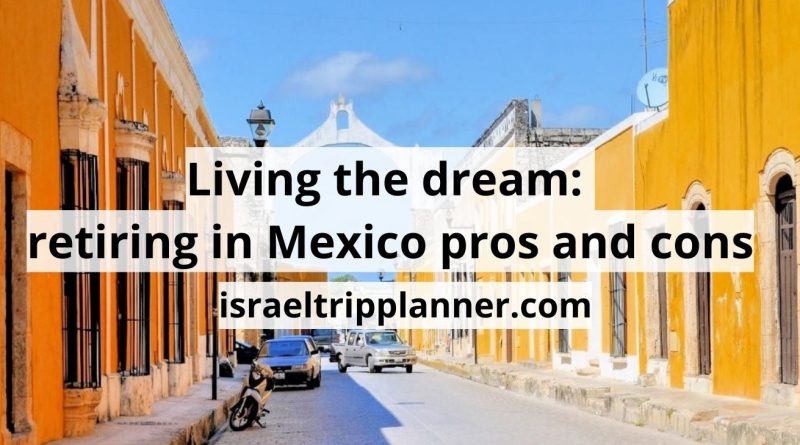Living the dream: retiring in Mexico pros and cons
Retiring in Mexico in such a large country offers a compelling blend of advantages and considerations for those seeking a vibrant and affordable destination.
In this blog, we’ll explore the pros and cons of living in Mexico, helping you make an informed decision about this exciting chapter in your life.
From stunning landscapes and rich cultural heritage to affordable living and healthcare options, Mexico has much to offer.
However, it’s important to weigh potential challenges, such as language barriers, safety concerns, and navigating foreign living logistics.
Let’s dive in and uncover the dream-worthy aspects and practical considerations of living in Mexico.
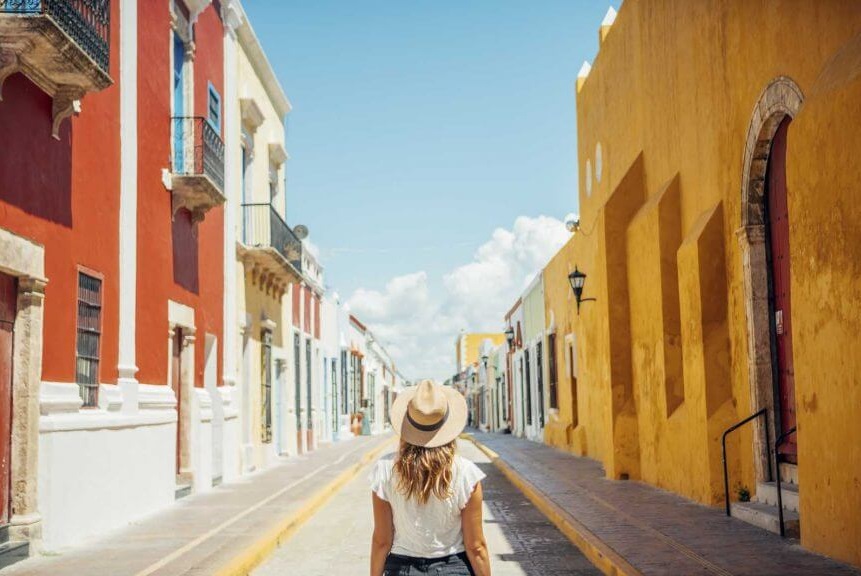
What you need to retire in Mexico
Living in Mexico can be a fulfilling and rewarding experience, but it requires careful planning and preparation.
To ensure a smooth transition and a comfortable retirement, there are several key aspects to consider.
Let’s explore what you need for living in Mexico.
- Financial stability. One of the first things to assess is your financial situation. Determine your retirement budget, taking into account factors such as housing, healthcare, transportation, daily expenses, and leisure activities.It’s advisable to consult with a financial counselor to evaluate your savings, investments, pensions, and any other sources of income. Additionally, for cheap airline tickets, you can check out Mexican budget airlines like Interjet, Viva Aerobus, and Volaris.
- Visa and residency. Retirees planning to live in Mexico for an extended period will need to obtain the appropriate visa and residency status. The most common option is the Temporary Resident Visa, which requires proof of retirement income or assets that meet a specific financial threshold. The Temporary Resident Visa has a one-year validity period and can be extended yearly for up to four years.After four years, you can apply for a Permanent Residency Visa. Consult the Mexican consulate or embassy in your country for the most recent information and comprehensive directions.Some consulates will only issue you a permanent resident visa if you are at least 60 years old, or “retirement age.” However, the rules vary amongst consulates.It’s essential to research the visa requirements, gather the necessary documentation, and follow the application process at a Mexican consulate or directly in Mexico. Seeking guidance from an immigration lawyer can provide valuable assistance during this process.
- Healthcare coverage. Healthcare is a crucial consideration for retirees. While Mexico offers quality healthcare services, it’s important to have proper coverage. Research health insurance options that suit your needs and budget. Private health insurance plans are available from various providers and offer varying levels of coverage.
- Housing options. Determine your housing preferences and research the available options in your desired retirement location. Whether you plan to rent or buy property, consider factors such as cost, location, safety, and proximity to amenities. Engage the services of a reputable real estate agent who specializes in the area you are interested in.Thoroughly review property contracts, title deeds, and legal requirements to ensure a secure and smooth transaction.
- Cultural adaptation. Prepare for the cultural adjustment that comes with living in Mexico. Learning the local language, even basic conversational skills, can greatly enhance your experience and ease communication with the locals. Embrace the Mexican culture, traditions, and way of life by participating in local festivals, exploring arts and cuisine, and connecting with the community.Being open-minded, patient, and respectful of cultural differences will facilitate a smoother transition and integration into your new surroundings.
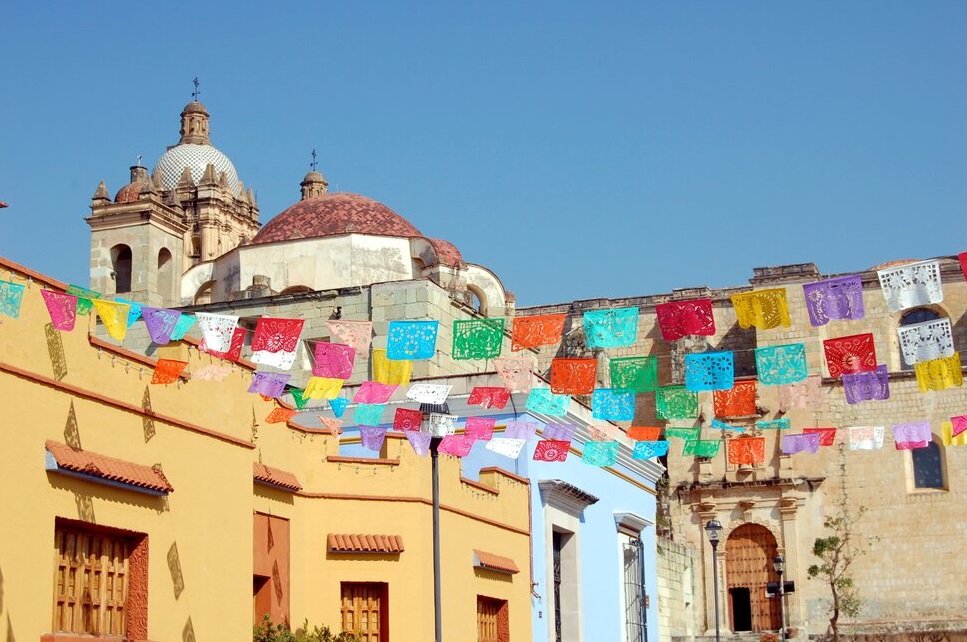
Pros of living in Mexico
Now that we’ve acknowledged what you need for living in Mexico, let’s talk about the advantages of retirement.
Affordable cost of living
Retirement is an opportunity to enjoy life to the fullest, and one of the significant advantages of living in Mexico is the low cost of living.
Mexico offers retirees a chance to stretch their retirement savings and enjoy a comfortable, lower-cost-of-living lifestyle without compromising financial security.
The relatively low cost of housing, groceries, and healthcare
One of the primary benefits of living in Mexico is the lower cost of living and housing compared to many Western countries.
Whether you prefer a beachfront property, a colonial-style house, or a modern city apartment, Mexico provides a range of housing options at a lower cost of living.
This allows retirees to find a comfortable and suitable home without straining their budget.
Beyond housing, day-to-day expenses such as groceries, dining out, transportation, and entertainment are generally more affordable in Mexico.
Local markets and small neighborhood stores offer fresh produce, meats, and other essential items at lower prices than retirees might find in their home countries.
Dining out at local restaurants allows retirees to savor the delicious and diverse Mexican cuisine without breaking the bank account.
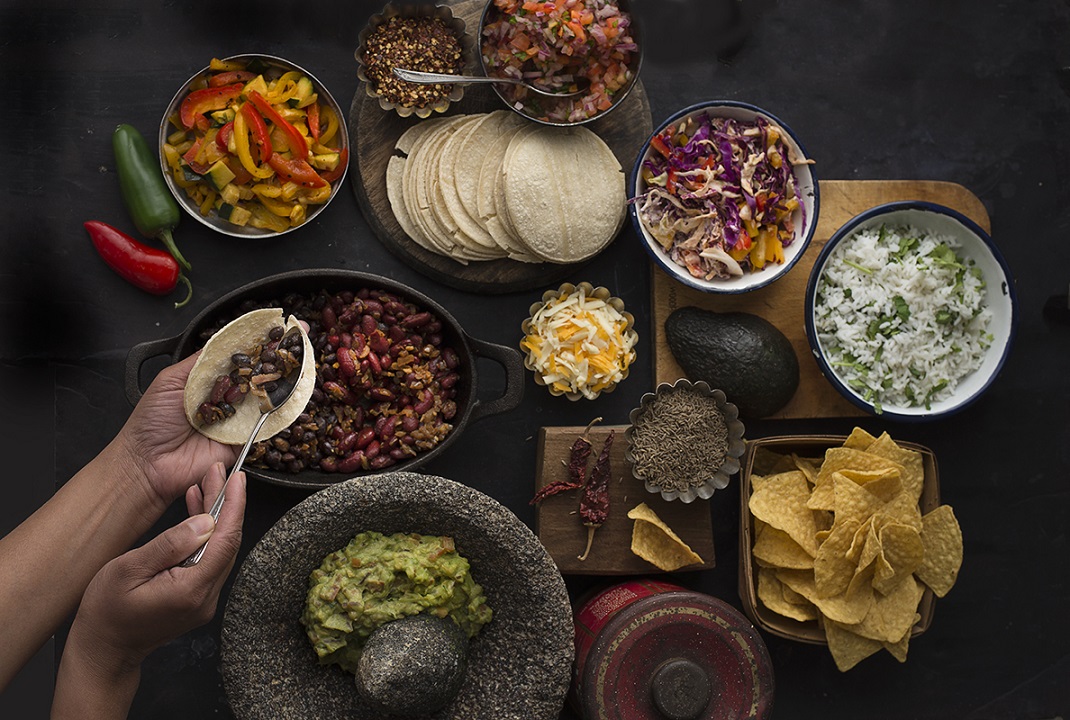
The potential savings and increased purchasing power for retirees
Living in Mexico offers the potential for substantial savings and increased purchasing power.
For retirees with retirement savings or pensions in a foreign currency, such as the US dollar, Euro, or Canadian dollar, the favorable exchange rates work to their advantage.
This means that their income has more value in Mexican peso, allowing them to cover their expenses more comfortably and potentially even save money.
The lower cost of living in Mexico also translates to increased purchasing power for retirees.
With lower cost of living: housing, groceries, healthcare, and entertainment expenses, retirees can make their retirement funds go further.
The lower cost of living can provide a greater sense of financial security and allow retirees to enjoy a higher quality of life.
Whether it’s traveling, pursuing hobbies, or indulging in cultural experiences, living in Mexico allows retirees to make the most of their retirement savings because of the lower cost of living.
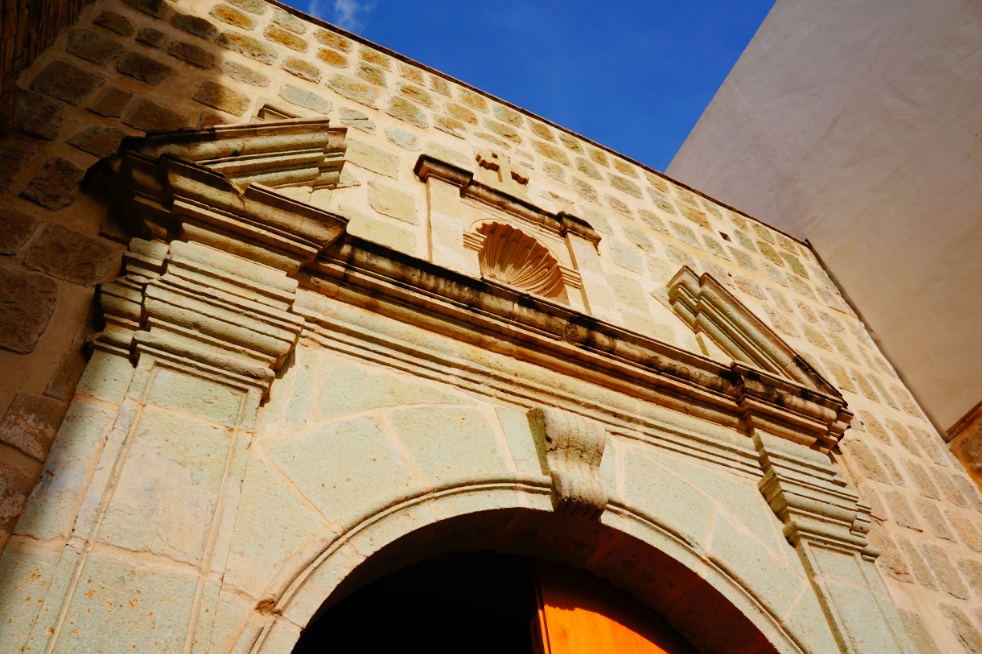
The pleasant climate and natural beauty
Living in Mexico offers more than just affordability, it provides retirees with the opportunity to bask in the country’s diverse landscapes and enjoy a pleasant climate year-round.
From stunning beaches to majestic mountains, Mexico’s natural beauty is a significant draw for retirees seeking a vibrant and picturesque retirement destination.
Mexico’s diverse landscapes and scenic beauty
Mexico boasts a wide range of breathtaking landscapes that cater to every retiree’s preference. Whether you’re captivated by pristine white sandy beaches, lush tropical jungles, arid deserts, or charming colonial towns nestled in the mountains, Mexico has it all.
From the famous Riviera Maya on the Caribbean Sea coast to the picturesque Pacific coastline, retirees can indulge in the beauty of turquoise waters, swaying palm trees, and vibrant coral reefs.
Inland Mexico offers enchanting mountain ranges, such as the Sierra Madre Occidental and the Sierra Madre Oriental, where retirees can explore charming towns and enjoy panoramic views of lush valleys.
The country’s natural beauty extends to its diverse ecosystems, including ancient Mayan ruins, breathtaking cenotes (natural sinkholes), and mesmerizing volcanic landscapes.
Mexico’s rich biodiversity, highlighted by the Monarch butterfly migration and unique flora and fauna, adds to the country’s allure.

The appeal of year-round pleasant weather for outdoor activities
Mexico’s climate is one of the most appealing aspects for retirees. With its diverse geography, the country offers various microclimates to suit different preferences.
Whether you prefer warm and tropical, dry and arid, or mild and temperate climates, you can find a region in Mexico that caters to your ideal weather.
Many popular retirement destinations in Mexico, such as Mexico City, Puerto Vallarta, San Miguel de Allende, Cancun, and Los Cabos, benefit from a year-round warm and sunny climate.
This allows retirees to enjoy outdoor activities, such as swimming, snorkeling, golfing, and hiking, throughout the year.
The pleasant weather encourages an active and healthy lifestyle, with retirees having ample opportunities to engage in physical activities, explore nature trails, or simply relax and soak up the sun on beautiful beaches.
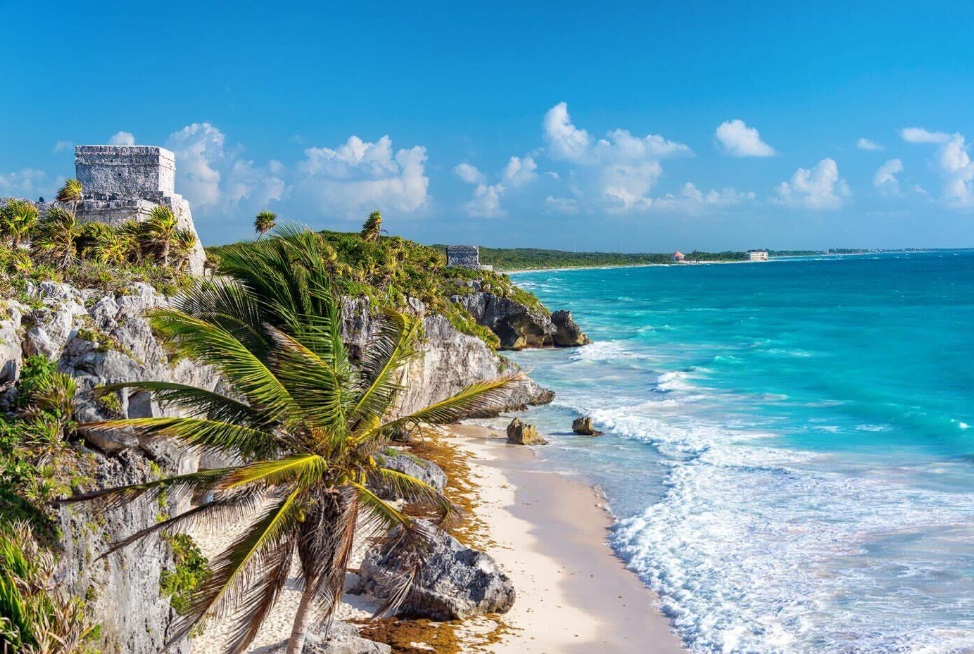
Rich cultural heritage and vibrant lifestyle
Living in Mexico is not just about the beautiful landscapes and pleasant weather, it offers retirees a chance to immerse themselves in a rich cultural heritage and embrace a vibrant lifestyle.
Mexico’s cultural diversity, vibrant traditions, arts, music, cuisine, street food, and local festivals create a tapestry of experiences that can enrich retirees’ retirement years.
Mexico’s vibrant cultural traditions and celebrations
Mexico is renowned for its vibrant cultural traditions and celebrations, which offer retirees a unique and immersive experience.
From the colorful Day of the Dead festivities to traditional dances like the Mariachi and Folklorico, Mexico’s cultural heritage is deeply ingrained in the daily life of every Mexican citizen.
Retirees have the opportunity to witness and participate in these lively celebrations, allowing them to create cherished memories and deepen their understanding of Mexican culture.
The warmth and hospitality of the Mexican citizens further enhance the cultural experience.
Retirees can embrace the sense of community and develop meaningful connections with locals who take pride in sharing their customs and traditions.
This cultural immersion can bring a sense of fulfillment and a deeper appreciation for the country’s rich heritage.
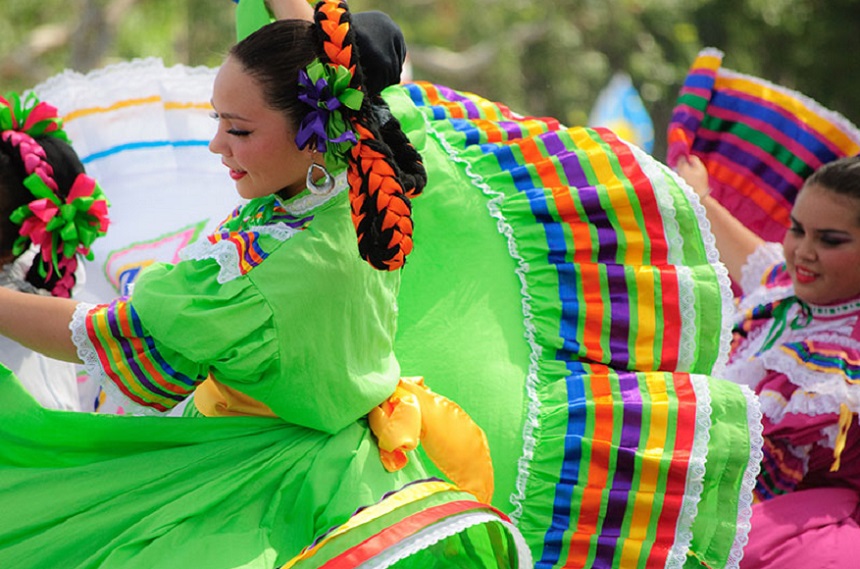
Access to high-quality healthcare
When considering retirement options, access to quality healthcare is crucial to prioritize.
Mexico is known for its excellent healthcare system, providing retirees with access to modern medical facilities, qualified doctors, and affordable healthcare services.
Let’s delve into the advantages of living in Mexico regarding healthcare.
The presence of modern medical facilities and qualified doctors
Mexico boasts a robust healthcare infrastructure with modern medical facilities and well-trained healthcare professionals. A big city such as Mexico City, and Puerto Vallarta, and popular major tourist destinations: Cabo San Lucas, and Playa del Carmen, which is located near the Pacific Ocean, are equipped with state-of-the-art hospitals, clinics, and specialized healthcare centers.
These facilities offer a wide range of medical services, from routine check-ups to specialized treatments and surgeries.
In addition to the modern facilities, Mexico has a considerable number of highly qualified doctors, many of whom have received their medical education and training internationally.
Many doctors in Mexico are fluent in English and have experience treating international patients.
This ensures that retirees receive quality care and can communicate effectively with their healthcare providers.

The affordability of healthcare services and insurance options
One of the significant advantages of living in Mexico is the affordability of healthcare services. Medical costs, including consultations, treatments, and procedures, are often considerably lower compared to many Western countries.
This is especially beneficial for retirees who may be living on a fixed income or have limited healthcare coverage.
Retirees in Mexico have various options for healthcare coverage.
Private health insurance plans are available at more affordable rates compared to other countries, providing retirees with comprehensive coverage and access to a wide network of healthcare providers.
These private healthcare insurance plans often include access to private hospitals and clinics, allowing retirees to receive timely and specialized care.
For those who prefer to pay out of pocket, the cost of medical services in Mexico is generally much more affordable compared to their home countries.
This affordability extends to prescription medications as well, with many common drugs available at significantly lower prices.
It’s worth noting that Mexico’s public healthcare system, known as Seguro Popular, provides healthcare coverage to individuals who are not covered by private insurance.
While public healthcare may have longer wait times and limited facilities in certain areas, it is still a viable option for retirees seeking more budget-friendly healthcare services.

Expatriate communities and social life
Living in Mexico not only offers a chance to immerse oneself in a new culture but also provides opportunities for socializing, making new friends, and engaging in a vibrant expatriate community.
Mexico is home to numerous expatriate communities in popular retirement destinations, creating a welcoming environment for retirees seeking a fulfilling social life.
The presence of expatriate communities in popular retirement destinations
Mexico has long been a favored retirement destination for expatriates from around the world. Retirees from the United States, Canada, Europe, and other countries have found their second home in Mexico.
Popular retirement destinations such as Mexico City, beach town Puerto Vallarta, Playa del Carmen, San Miguel de Allende, and Lake Chapala have well-established expatriate communities where retirees can find support, companionship, and a sense of belonging.
With its vibrant colonial buildings, colonial architecture, art, and ambiance, San Miguel de Allende is a beautiful Mexican city. It’s actually a UNESCO World Heritage Site.
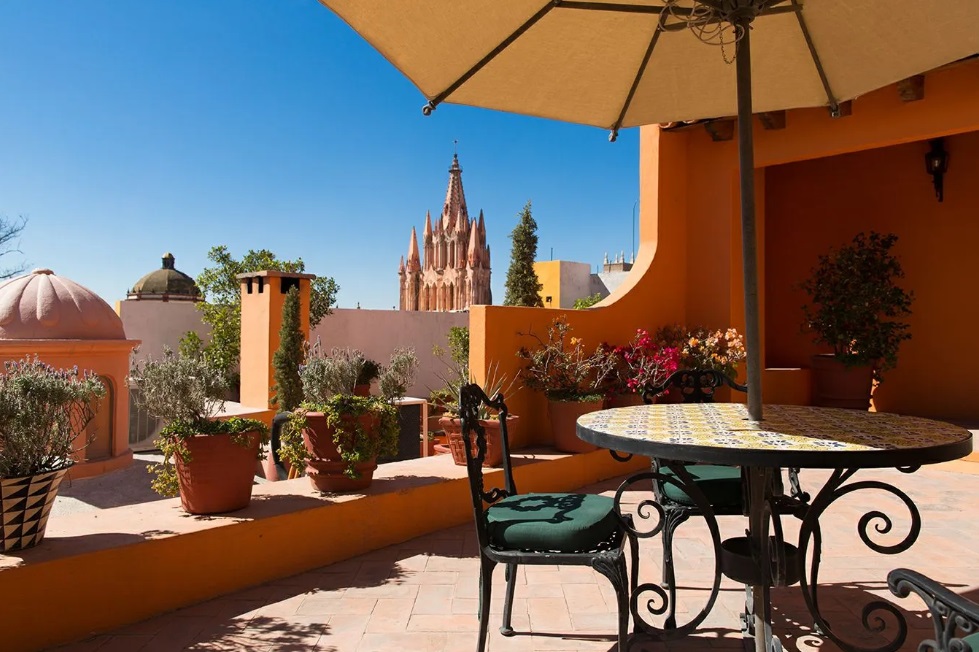
There are around 175,000 residents in San Miguel de Allende, of which 10% are thought to be foreigners.
The city experiences mild yet warm weather due to its elevation of 6,000 feet.
These expatriate communities offer a familiar environment for retirees, with many services catered specifically to international residents.
There are social clubs, hobby groups, volunteer organizations, and community events where retirees can connect with like-minded individuals and engage in activities they enjoy.
The presence of expatriate communities provides retirees with a support network and a sense of community, easing the transition into retirement in a foreign country.

The opportunities for socializing, making new friends, and engaging in activities
Living in Mexico in cities such as Mexico City, Puerto Vallarta, Playa del Carmen etc., offers retirees a vibrant social life and ample opportunities to make new friends.
The welcoming nature of the Mexican people, coupled with the active expatriate communities, creates a conducive environment for socializing and building connections.
Retirees can participate in social clubs and organizations that cater to various interests, such as art, photography, sports, gardening, or book clubs.
These groups often organize regular gatherings, outings, and events where retirees can meet fellow expatriates and engage in shared activities.
This allows retirees to form new friendships, share experiences, and create a supportive network of like-minded individuals.

Cons of living in Mexico
Like every other country, Mexico also has its own cons of retiring there, so let’s take a look at them.
Language barrier
Living in Mexico in Mexico City or any other city offers numerous advantages, but it’s important to consider potential challenges as well.
One such challenge is the language barrier, particularly for retirees who are not fluent in Spanish.
Let’s explore the potential difficulties posed by language barriers and discuss strategies to overcome them and integrate into the local community.
A potential challenge of language barriers for non-Spanish speakers
For retirees who do not speak Spanish fluently, the language barrier can be a significant hurdle when it comes to daily communication, accessing services, and building relationships with locals.
Although English is spoken in tourist areas and larger cities, it may not be widely understood in all regions of Mexico, especially in smaller towns and rural areas.

Ways to overcome language barriers and integrate into the local community
Despite the language barriers, there are several strategies retirees can employ to overcome this challenge and integrate into the local community.
Language classes and immersion
One of the most effective ways to overcome language barriers is to invest time and effort in learning Spanish.
Taking language classes, either in person or online, can help retirees acquire basic conversational skills and build confidence in communicating with locals.
Immersion programs, where retirees live with Spanish-speaking families or participate in language exchanges, provide an exhilarating experience that accelerates language learning.
Language apps and tools
Technology offers various language learning resources that retirees can utilize.
Language learning apps, online courses, and language dictionaries can assist with vocabulary, grammar, and pronunciation.
These tools can be particularly helpful for day-to-day communication and comprehension.

Local community engagement
Actively engaging with the local community can provide opportunities to practice Spanish and build connections.
Participating in local events, joining community organizations or hobby groups, and volunteering with local charities can foster interactions with Spanish speakers and encourage language practice in a supportive environment.
Hiring bilingual services
When facing complex legal, financial, or administrative processes, retirees can seek the assistance of bilingual professionals or translators who can help navigate these areas effectively.
This ensures clear communication and a better understanding of the necessary procedures.
Cultural sensitivity and patience
It’s important to approach language barriers with cultural sensitivity and patience.
Mexicans are generally warm and welcoming, and locals appreciate efforts to communicate in Spanish, even if it’s not perfect.
Being open-minded and embracing the opportunity to learn and adapt can go a long way in bridging the language gap and building connections.

Safety and security concerns
While living in Mexico offers numerous benefits, it is important to address the safety and security concerns that exist in certain areas of the country.
Retirees should be mindful of these concerns and take necessary precautions to ensure their well-being.
Safety concerns in certain areas of Mexico
It’s essential to acknowledge that some areas in Mexico have experienced security issues and safety concerns.
Drug-related violence and crime can occur in specific regions, primarily along the border areas and in major urban centers such as Mexico City.
It’s crucial for retirees to be aware of these challenges and make informed decisions regarding their retirement location.
However, it is important to note that Mexico is a vast country with a wide range of regions, and safety conditions can vary significantly from one area to another.
Many popular retirement destinations, especially those frequented by expatriate communities, have a relatively low crime rate and are considered safe for retirees.
These areas often have heightened security measures and a strong police presence to ensure the safety of residents and tourists.

Strategies for staying safe and selecting secure retirement locations
Retirees can take several measures to ensure their safety and select secure retirement locations in Mexico.
Research and local knowledge. Thorough research is essential before choosing a retirement destination. Seek information from reliable sources, such as government travel advisories and expatriate communities.
Engage with locals and fellow retirees who can provide insights into the safety of specific areas.
Consider factors such as crime rates, infrastructure, and the presence of expatriate communities when selecting a retirement location.
Secure communities and gated residences. Opting for retirement communities or gated residences can provide an added layer of security.
These communities often have controlled access, security personnel, and surveillance systems to ensure the safety of residents.
The presence of a close-knit community can also foster a sense of security and support among retirees.
Neighborhood safety. Prioritize neighborhoods that are known for their safety and have a lower crime rate.
Research the area’s reputation, talk to locals, and consult with real estate professionals who are familiar with the neighborhood dynamics.
Pay attention to factors such as lighting, street surveillance, and the overall cleanliness and maintenance of the neighborhood when assessing its safety.
Personal safety precautions. Regardless of the location, retirees should take personal safety precautions.
These include being aware of one’s surroundings, avoiding walking alone at night in unfamiliar areas, using reliable transportation services, and keeping valuables secure.
Stay updated on local safety guidelines and follow any recommendations or restrictions provided by local authorities.

Cultural adjustment and lifestyle differences
Living in Mexico comes with the challenge of adapting to a new culture and lifestyle.
Language barriers, unfamiliar customs, and different social norms can pose initial difficulties.
However, embracing the Mexican way of life can be rewarding. Here are tips for cultural adjustment:
- Learn the language. Basic Spanish skills enhance communication and connections with locals.
- Embrace the culture. Attend festivals and explore arts, music, and cuisine to gain a deeper appreciation for Mexican traditions.
- Make local connections. Engage with the community, join social clubs, and volunteer to bridge cultural gaps and build relationships.
- Be open-minded. Approach differences with understanding and patience, embracing the slower pace and cultural nuances.
- Seek support. Connect with expatriate communities and seek guidance from those who have successfully adjusted to Mexican life.
Conclusion
Living in Mexico offers an affordable, culturally rich, and vibrant lifestyle. Consider the Mexico pros and cons, evaluate personal preferences, and conduct thorough research.
Seek professional advice to navigate legal requirements, property purchases, healthcare, and finances.
Embrace the adventure and enjoy a fulfilling retirement in Mexico’s welcoming communities, Mexican food, diverse landscapes, and vibrant culture.

FAQs
- What are the disadvantages of retiring in Mexico?
Potential disadvantages include language barriers, safety concerns in certain areas, and the need to navigate legal and logistical aspects. Adapting to a new culture and lifestyle may also pose challenges.
- Can you retire in Mexico and collect Social Security?
Yes, retirees can collect Social Security benefits while living in Mexico. The Social Security Administration provides payments to eligible U.S. citizens or permanent residents regardless of their location.
- How much do you need to retire comfortably in Mexico?
The amount needed to retire comfortably in Mexico varies depending on individual lifestyle preferences and location.
However, many retirees find that a monthly budget of around $1,500 to $2,500 can provide a comfortable retirement, taking into account factors such as housing, healthcare, utilities, and leisure activities.

